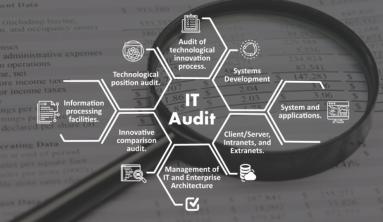A typical testing process or methodology has a lot of padding and extra burden that makes it heavy weight and bulky. If we somehow eliminate the non essential or wastes then we end up with lean testing.
The simplest way to describe Waste is as “Anything that adds no Value.” These wastes are included within the cost of your products or services. Either inflating the production cost or eating up the profit of the company.

Main Goal of Lean Testing
The reduction of waste by holistically testing the system as a whole, early and continuously. Hence, including measuring what really matters and incrementally improving quality there upon.

Why Do We Need Lean Testing?
- The Lean community has a longer history than Agile. Therefore, it is more mature in showing how to keep all new changes in balance. It is not helpful to build far more products than we can test, or to build more products than we can sell.

- Lean software development is based on the understanding that the principles of Lean manufacturing and product development methods can apply to software development. Of course, the practices are different but the mindset, the way of thinking and approach, remains the same.
- Lean focuses not only on improving the software development process. Also on improving the complete process from requirements gathering until implementing the solution into production.
- It relies upon the notions of eliminating waste, optimizing the whole, delivering fast, building quality in, respecting people and setting up best standards.

- Lean is not based on the principle of doing things “right first time”. It is based on a continuous cycle of experimentation and learning. It has nothing to do with the concept of specifications but all to do with improving relentlessly and deferring commitment until you know what needs to be done.

Process of Lean Testing
- Identify the waste in your process. Theoretically Lean talks of 7 different types of Waste to be identified, managed and discarded.
- Add checkpoints for both Development and QA. Defer commitment to be applied from both the teams and sense of ownership to be gained. That is, if a quality product is to be delivered..
- React immediately and solve problems one by one. This will accelerate the time to market and the functional experts become much more available. Therefore having more time to dedicate to innovation, and to focus on the evolution of the product.
- Organisation can start becoming Lean in just a few weeks or months. Use the Lean mindset, starting with small groups and teams. And growing the number of teams and amount of Lean thinking in terms of waste identification, management and removal.
- Individual or Team aiming to get Lean, has to look at Lean as a cultural and behavioral change. It is not just acquiring “a new skill.” It is something that cannot be done half way.
Lean Testing Principles
Specify Value
Value is always defined by the customer’s needs for a specific product. What are important requirements or expectations that must be met?
Map the Value Stream
Once the value (goal) has been determined, the next step is mapping the “value stream” or all the steps and processes involved in taking a specific product from inputs and delivering the final product to the customer. The idea is to draw, on one page, a “map” of the flow of material/product through the process. The goal is to identify every step that does not create value and then find ways to eliminate those wasteful steps.
Establish Flow
After the waste has been removed from the value stream, the further step is to be sure the remaining steps flow smoothly with no interruptions, delays, or bottlenecks. This may require breaking down traditional thinking and making the effort to become cross-functional across all departments, which can be one of the greatest challenges for lean programs to overcome. However, past studies show that this will also lead to some nice gains in productivity and efficiency, sometimes as high as 50% improvement or even more.
Implement Pull
With improved flow, time to market (or time to customer) can be dramatically improved. This makes it much easier to deliver products as needed, as in “just in time” manufacturing or delivery. This means the customer can “pull” the product from you as needed (often in weeks, instead of months).
Work to Perfection
Moving from step 1 to 4 is a great start, but the 5th step is perhaps the most important: making lean thinking and process improvement part of your corporate culture. Lean requires constant effort and vigilance to perfect.
Source: qa-platforms






